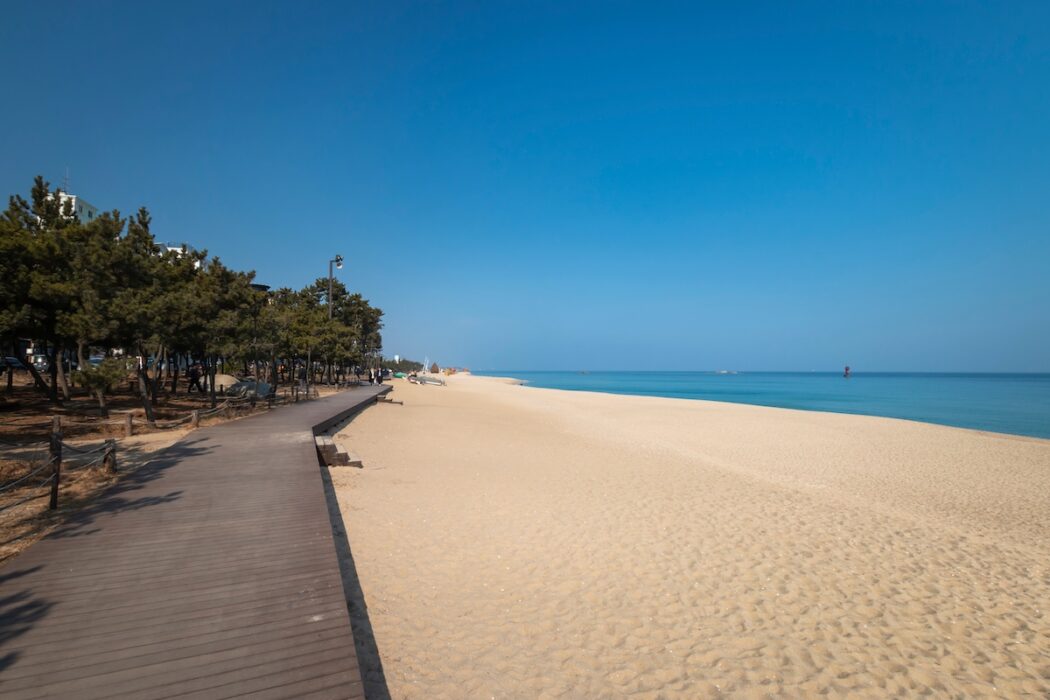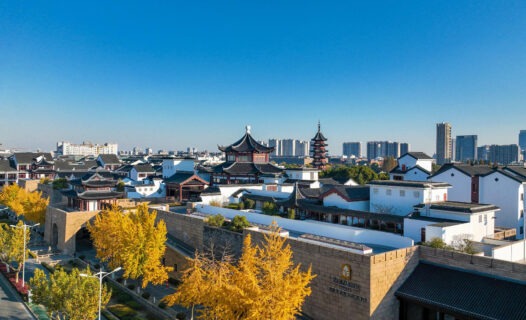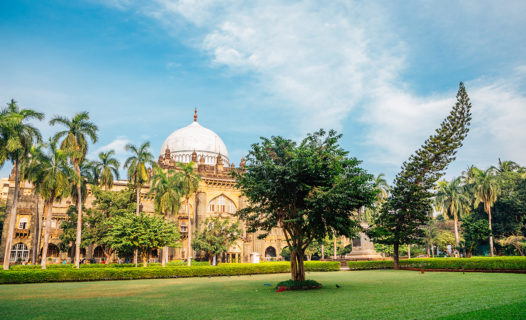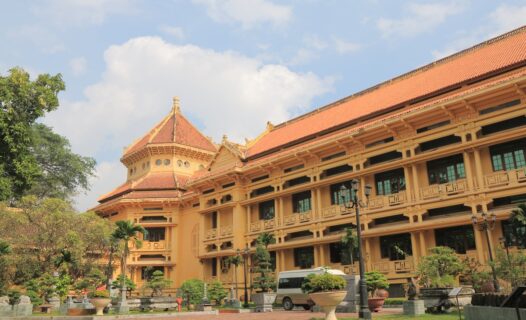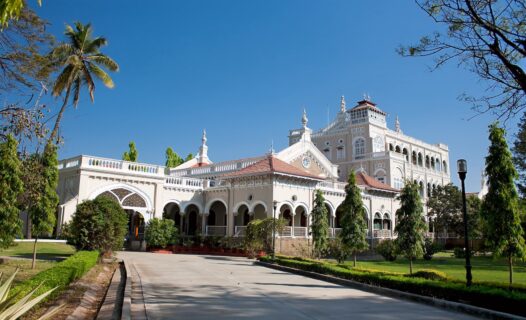Introduction
The Korean Mid-Autumn Festival, known as Chuseok, is a beautiful celebration that honors the harvest and family ties. This festive occasion, deeply rooted in Korean culture, brings families together to express gratitude for the year’s bounty and to pay respects to their ancestors. Unlike other Mid-Autumn celebrations across Asia, which often focus on moon gazing and lantern lighting, Chuseok is a time for heartfelt reunions, traditional foods, and unique customs that highlight the importance of family and community.
As the autumn leaves begin to change and the air turns crisp, Koreans prepare for Chuseok with great enthusiasm. It’s a time when cities come alive with vibrant festivities, making it an ideal moment for travelers to immerse themselves in the rich tapestry of Korean culture. Get ready to savor delicious dishes, participate in age-old traditions, and witness the enchanting spirit of Chuseok!
What is Chuseok? The Heart of the Korean Mid-Autumn Festival
Chuseok, which translates to “fall evening,” has a history that dates back over a thousand years, originally celebrated as a harvest festival. The roots of Chuseok history can be traced to the Goryeo Dynasty, where it was known as shiwol, a time for celebrating the harvest and honoring ancestors. Over the centuries, this festival has evolved, but its core values of gratitude and family remain unchanged.
During Chuseok, families gather to prepare traditional foods, engage in rituals to honor their ancestors, and share stories that have been passed down through generations. The cultural significance of Chuseok is profound, as it embodies the spirit of togetherness and respect for one’s heritage. Unlike other Mid-Autumn festivals, which may focus more on mooncakes and lanterns, Chuseok emphasizes family gatherings and the preparation of special dishes like songpyeon, a rice cake filled with sweetened sesame or chestnut paste.
As you explore the heart of Chuseok, you’ll find that this festival is not just about the food or the rituals; it’s about the connections we forge with our loved ones and the memories we create together. So, whether you’re planning to participate in the celebrations or simply want to learn more about this captivating festival, there’s plenty to discover!
Mooncake Making in South Korea: A Sweet Tradition
One of the delightful aspects of Chuseok is the tradition of making traditional Korean mooncakes. While mooncakes are often associated with other Mid-Autumn celebrations, the Korean version, known as songpyeon, has its own unique charm. These crescent-shaped rice cakes are filled with a variety of sweet and savory fillings, making them a beloved treat during the festival.
Mooncake History: Origins and Evolution
The history of mooncake making in Korea is rich and varied. Originally, songpyeon was made to celebrate the harvest and to honor the spirits of ancestors. Families would gather to prepare these delightful treats, often making them in the shape of half-moons to symbolize the full moon. Over the years, the fillings have evolved, and today you can find a range of flavors, from sweet red bean paste to nutty sesame.
Popular Mooncake Flavors: What to Expect
When it comes to flavors, the variety of mooncakes in Korea is sure to tantalize your taste buds. Some popular fillings include:
- Sesame: A nutty and aromatic filling that adds a delightful crunch.
- Red Bean: A classic choice, sweet and smooth, perfect for those with a sweet tooth.
- Chestnut: A seasonal favorite that offers a rich and creamy texture.
Each family often has their own secret recipe, passed down through generations, making the experience of tasting these mooncakes even more special.
Mooncake Recipes: Try These at Home
If you’re feeling adventurous, why not try making your own mooncakes? Here’s a simple recipe to get you started:
- Prepare glutinous rice flour dough by mixing it with water and a pinch of salt.
- Roll the dough into small balls and flatten them into discs.
- Add your desired filling in the center and fold the dough over to seal.
- Shape the filled dough into a crescent and steam for about 20 minutes.
Enjoy your homemade songpyeon with family and friends, and don’t forget to share your creations on social media!
Lantern Festivals in South Korea: Lighting Up the Night
As the sun sets and the night sky unfolds, South Korea transforms into a wonderland of shimmering lights during the Chuseok celebrations. Lantern festivals, a highlight of this festive season, invite everyone to partake in the magic of light and color. These events are not just visually stunning; they’re deeply rooted in tradition, symbolizing hope and the harvest moon.
Major Lantern Festivals: Where to Go
One of the most famous lantern festivals takes place in Seoul, particularly at the stunning Cheonggyecheon Stream. Here, thousands of lanterns float gracefully along the water, creating a mesmerizing view that draws both locals and visitors. Another must-see is the Jinju Namgang Yudeung Festival, where beautiful lanterns are released into the river, commemorating a historic battle. This festival not only showcases artistic lantern designs but also features performances, food stalls, and cultural activities that make for a perfect family outing.
Lantern Making Workshops: Join the Fun
If you’re feeling crafty, why not join a lantern-making workshop? These workshops are often held in various cultural centers across South Korea, where you can learn the art of crafting your own lantern. It’s a fun way to immerse yourself in local traditions while creating a unique souvenir to take home. Plus, you’ll get to connect with fellow travelers and locals, sharing stories and laughter as you work on your lantern masterpiece!
Lantern Festival Activities: What to Expect
During these festivals, you can expect a plethora of activities. From traditional music performances to folk games, there’s something for everyone. Kids will love the exciting games, while adults can enjoy the delicious street food available at every corner. Be sure to try some local delicacies, like hotteok (sweet pancakes) and tteokbokki (spicy rice cakes), while soaking in the festive atmosphere.
Culinary Deep Dive: Festive Foods of Chuseok
Ah, the food! One of the best parts of Chuseok is undoubtedly the feast that families prepare together. This is a time when kitchens fill with the aroma of traditional dishes, each carrying its own significance and story. From savory to sweet, the spread during Chuseok is nothing short of spectacular!
Signature Dishes: Songpyeon and More
While songpyeon steals the spotlight, there are plenty of other dishes that grace the Chuseok table. Japchae (stir-fried glass noodles) is a favorite, made with a mix of colorful vegetables and marinated beef. Galbijjim (braised short ribs) is another highlight, slow-cooked to tender perfection. And let’s not forget about kimchi, which is an essential side dish at every Korean meal!
Chuseok Food Traditions: What Families Prepare
Each family has its own special recipes that they prepare during Chuseok, often passed down through generations. The act of cooking together becomes a bonding experience, filled with laughter and stories. Families also set up a ritual table, known as jesa, where they present food offerings to their ancestors, expressing gratitude for the harvest and blessings received.
Korean Autumn Recipes: Seasonal Delights
Want to try your hand at making some of these delicious dishes? Here’s a simple recipe for Japchae to get you started:
- Soak sweet potato noodles in hot water for about 30 minutes until softened.
- Stir-fry sliced vegetables (like carrots, bell peppers, and spinach) in sesame oil.
- Add the cooked noodles and season with soy sauce, sugar, and sesame seeds.
- Toss everything together and serve warm!
This dish is not only tasty but also a colorful addition to your table, perfect for any gathering!
Festivals and Events: Celebrating Chuseok Across South Korea
Chuseok is celebrated nationwide, and each region has its own unique flair. Festivals and events pop up all over, showcasing local traditions and customs. Whether you’re in a bustling city or a quiet village, you’re bound to find something exciting happening!
Major Cities: Seoul, Incheon, and Gyeongju Celebrations
In Seoul, the festivities often include parades and cultural performances at historical sites like Gyeongbokgung Palace. In Incheon, you can enjoy traditional music and dance performances that reflect the city’s rich heritage. Gyeongju, known for its historical significance, hosts events that highlight ancient traditions, offering a glimpse into Korea’s past.
Community Events: Engage with Local Traditions
Don’t miss out on community events, where you can engage with locals and learn about their traditions. Many neighborhoods host fairs with food stalls, games, and cultural performances, making it a great way to experience the festive spirit of Chuseok. These events are perfect for travelers looking to connect with the community and immerse themselves in the celebrations.
Cultural Performances: Experience Korean Folklore
Throughout the Chuseok season, you can catch various cultural performances that showcase traditional music, dance, and storytelling. These performances often take place in parks and cultural centers, providing an entertaining and educational experience for visitors. Be sure to grab a seat and enjoy the vibrant displays of Korean culture!
Practical Information for Travelers: Tips for Enjoying Chuseok
Planning a trip during Chuseok? Here are some handy tips to make the most of your experience!
Booking Accommodations: What to Know
Since Chuseok is one of the most popular holidays in Korea, it’s wise to book your accommodations well in advance. Hotels often fill up quickly, especially in major cities, so securing your stay early can help you avoid any last-minute stress. Consider looking for hotels that offer special Chuseok packages or events for guests!
Transportation Tips: Getting Around During the Festival
Public transportation is usually a great option, but be prepared for larger crowds during Chuseok. Buses and subways might be busier than usual, especially around popular festival locations. If you can, try to travel during off-peak hours to make your journey smoother.
Safety and Health Guidelines: Enjoying the Festivities Responsibly
As with any large gathering, it’s essential to stay mindful of your surroundings. Keep your belongings secure, and if you’re participating in outdoor events, don’t forget to stay hydrated and wear sunscreen. Enjoy the celebrations while being respectful of local customs and practices!
Fun Facts About Chuseok: Quirky Traditions and Customs
Chuseok is filled with fascinating traditions that might surprise you! For instance, did you know that during this festival, many Koreans wear traditional clothing called hanbok? This beautiful attire adds to the festive atmosphere and connects people to their cultural roots.
Another fun fact is that Chuseok is often referred to as the “Korean Thanksgiving.” Families come together not just to enjoy delicious food but also to express gratitude for their blessings. The festival is a perfect blend of joy, reflection, and familial love.
Seasonal Travel Insights: Autumn in South Korea
Autumn is a stunning time to visit South Korea, with vibrant foliage painting the landscape in shades of red, orange, and yellow. Popular spots for viewing the fall colors include Namsan Park in Seoul and Seoraksan National Park, where you can hike amidst the breathtaking scenery. The crisp air and beautiful views make for a picturesque backdrop to your Chuseok celebrations!
Shopping Guide: Souvenirs and Gifts for Chuseok
Looking for the perfect Chuseok souvenir? Head to local markets where you can find beautifully crafted mooncakes, traditional sweets, and handmade decorations. These make for thoughtful gifts for friends and family back home. Plus, supporting local artisans is a wonderful way to give back to the community while enjoying your travels!
Mooncake Gift Ideas
When it comes to mooncakes, consider buying a beautifully packaged set to present as a gift. Many bakeries offer unique flavors and designs, making them a delightful treat for any occasion. Pair them with a lovely tea set, and you have a charming gift that embodies the spirit of Chuseok!
Detailed Day-by-Day Itinerary for Chuseok Celebrations
Ready to plan your Chuseok adventure? Here’s a sample itinerary to help you make the most of your experience:
Day 1: Arrival and Cultural Exploration
Arrive in Seoul and check into your hotel. Spend the day exploring Gyeongbokgung Palace and catching a traditional performance. In the evening, head to Cheonggyecheon Stream to witness the stunning lantern festival.
Day 2: Family Gatherings and Food
Join a local family for a Chuseok meal, where you can participate in the preparation of traditional dishes. After the meal, enjoy a stroll through a local market to soak in the festive atmosphere.
Day 3: Festivals and Fun
Travel to Incheon or Gyeongju to experience local celebrations. Participate in community events, try your hand at lantern making, and indulge in delicious street food!
Day 4: Nature and Relaxation
Take a day trip to Seoraksan National Park for some hiking and breathtaking views of the autumn foliage. Wrap up your trip with a relaxing evening at a traditional Korean spa.
Commonly Asked Questions (FAQs) About Chuseok
Curious about Chuseok? Here are some common questions travelers often ask:
What is the significance of songpyeon?
Songpyeon is a traditional rice cake enjoyed during Chuseok, symbolizing prosperity and good fortune. It’s often made with family, making it a cherished tradition.
Are there any special customs to observe during Chuseok?
Yes! Joining in on the jesa ceremony, where families honor their ancestors with food offerings, is a meaningful experience. It’s a beautiful way to understand the cultural significance of the festival.
Can I participate in local celebrations as a tourist?
Absolutely! Many local events welcome tourists to join in the festivities. It’s a great way to meet locals and immerse yourself in the culture!
Sustainability and Conservation Focus: Celebrating Responsibly
As you enjoy the vibrant celebrations of Chuseok, consider ways to celebrate sustainably. Opt for eco-friendly lanterns and avoid single-use plastics during your festivities. Supporting local artisans and food vendors not only enhances your experience but also helps the community thrive.
Transportation Details: Getting Around During Chuseok
When traveling during Chuseok, it’s best to plan ahead for transportation. While public transport is efficient, be prepared for larger crowds. Consider using ride-sharing apps or renting a bike to explore the city at your own pace. Always check the local schedules, as some routes may have altered hours during the holiday.
With all this exciting information about Chuseok, it’s time to pack your bags and get ready for an unforgettable experience in South Korea! Whether you’re indulging in delicious food, participating in festive activities, or simply soaking up the culture, Chuseok promises to be an adventure like no other.

